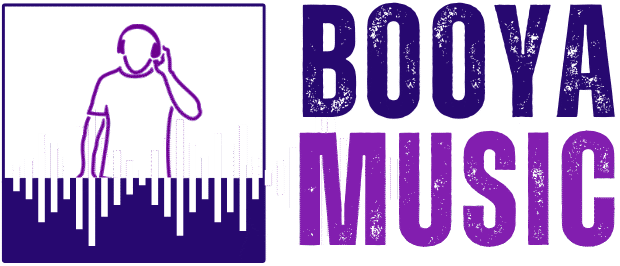Neon, the name given to a family of luminescent compounds, has become a common art medium. From the spooky glow of old subway signs to the rainbow light of a disco ball gone haywire, neon lights are a staple of modern culture and are often painted on buildings. Though a developer of cathode-ray tubes coined the name, the neon family spans a wide range of colors and effects.
This is an old electrical technology that has been around since the late 1800s, but it has been wildly popular in the last decade. Neon lights have been in every decade since the 1960s, but the neon craze really spiked in the 2000s, and the website “whatisneon.com” claims that in the past four years, the number of neon products on the market has jumped from around 50,000 items to more than 500,000 items.
Making neon is a long and complex process, and it’s not easy to achieve it to perfection. A huge part of its art is experimenting with the right settings to see the most vibrant and beautiful colors. There are people who dedicate their entire lives to this craft, and there can be only one winner.
It is a short circuit that is created when two electrodes are placed in a vacuum, usually to make electronic devices. The word is derived from the Greek word “nēnō,” meaning “vapor,” for the characteristic smell that is produced when a neon tube is broken. The word “neon” is also used for the color that is created in a neon tube. The neon glow is produced when electrons are injected into a gas or metal vapor at low pressure from a cathode. The neon light is sometimes called a “neon lamp” or “neon tube.”
The world of neon signs is an easy one to lose track of. There are new ones sprouting up everywhere you look, different colors and designs, moving pieces of metal and glass, or flashing lights and bright colors. To say neon is a popular choice of design may be an understatement. With so many neon lights available, it’s easy to get lost in their amazing designs. So if you really want to make sure you buy the best ones, you should probably visit Neon Mama or similar online stores that tend to offer great designs and a wide variety of colors for you to choose from.
If you are trying to find famous artists who’ve made neon masterpieces, here are 5 artists who made masterpieces with neon.
- Glenn Ligon is a neon artist, based in New York City and is a Parsons School of Design graduate. His neon sculptures often depict everyday objects with the use of bright neon colors. Many of his works are in the permanent collections at the Metropolitan Museum of Art and the Museum of Modern Art. The artist was born in 1971 in Norfolk, Virginia, USA, and is now based in Brooklyn, New York.
- Mary Weatherford is a neon sign artist with a focus on neon art. She is a licensed sign artist, as well as a neon sign artist and designer. She has a good number of neon signs in her portfolio, which have been featured in the Travel Channel, NY Times, and the Daily Mail newspaper. Her neon signs were previously featured in the book Neon Rises, published by the Art Institute of Chicago.
- Iván Navarro, who is a Venezuelan artist, has been creating his unique and distinctive neon work since the 1960s, and his work can be found all over the globe. In this work, he creates a series of neon sculptures (called “works of art”) and adds color to the pieces by painting them each a different color. Iván has been dubbed the “father of neon art” and “the father of color in neon art.”
- Tracey Emin is an artist best known for her abstract and often colorful works. Her work has been displayed at the Tate Modern, the Royal Academy, the Guggenheim, the Serpentine Gallery, and more. She is a pioneer of neon, using the palette of high-frequency light to produce a quietly explosive swirling color pattern that explodes from the canvas.
- Keith Sonnier is a professional artist who works with neon and other materials. He is best known for his “Neon Orange” neon sign, which he designed in 1973. It was featured in the following year’s New York blackout and other notable events, including the Burning Man Festival, the Berlin Wall, and the 2005 Aids Awareness March on Washington. It was on display from 2011 to 2013 at the Museum of Neon Art in New Orleans, Louisiana.
